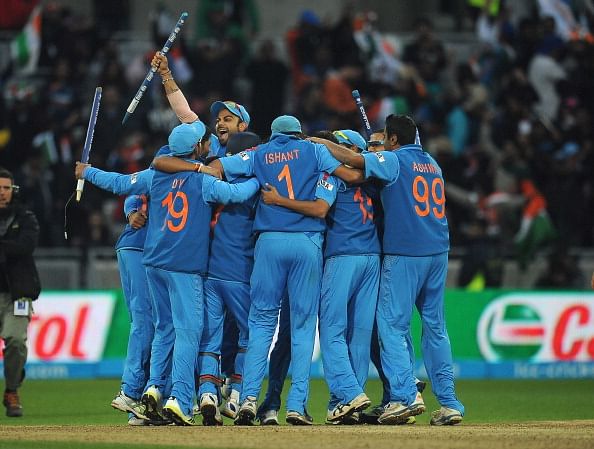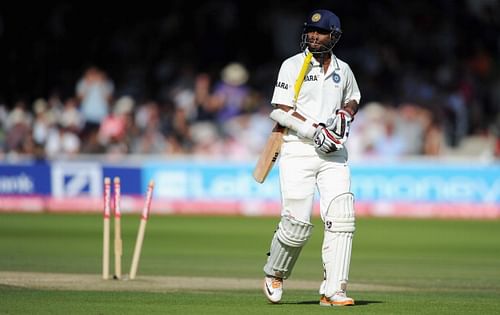
Indian Cricket – Not as rosy as it appears

The Indian cricket team has had a wonderful last few weeks. The Men in Blue have not only won matches, they have done so with sheer dominance. Dhoni’s staggeringly impressive CV now lists out the Champions Trophy as well. But there are a few issues still unresolved. While the team has certainly earned the right to bask in their new-found glory, it is difficult to forget that this is a team still reeling under the humiliation of their last two overseas Test ventures – the disastrous tours to England and Australia. However, BCCI’s total indifference towards the grim situation is more disappointing than the actual losses.
There have been few batsmen more prolific and more consistent than Abhinav Mukund in the Ranji Trophy. After about four years of match winning performances for Tamil Nadu, he was finally rewarded with a seat on the plane to West Indies in 2011. A month later, he found himself travelling to England. However, the bowler friendly conditions made him look more out of place than a fish on a tree. His supposedly unbreakable technique seemed to have deserted him, and anyone who didn’t follow Indian cricket closely would have found it easier to believe that India had won the football World Cup than the fact that Mukund had successfully accumulated almost six thousand runs in first class cricket.
But is Mukund really to blame? After all, a player is a product of the environment he grows up in. Mukund, like all Indian batsmen, had grown up playing on batting beauties – on tracks where the ball rarely rose above waist level. Isn’t it unrealistic to expect him to conquer the demons on the bouncy tracks of England or New Zealand? Pitches in India are almost always batsman friendly – bowlers are mere participants, not competitors.

Abhinav Mukund looked unconvincing in English conditions.
Recently, Cricket Australia, following an extended run of shabby pitches at Hobart, decided that enough was enough. To maximize the prospects of preparation of lively and sporting wickets, they decided to dock points from the host team if an under-prepared pitch was presented for a game. BCCI’s Technical Committee, then led by Sourav Ganguly, followed suit, and proposed a weaker version of the same law. The Grounds and Pitches Committee were made accountable for all the pitches all over the nation, and that has, albeit at snail’s pace, improved the quality of pitches to a slight extent. While the law may solve the problem of Indian batsmen being dubbed as one dimensional flat-track bullies, it still would certainly not address the greater concerns of exposing our Indian cricketers to the varying, unforgiving environments in other cricket playing nations across the globe.